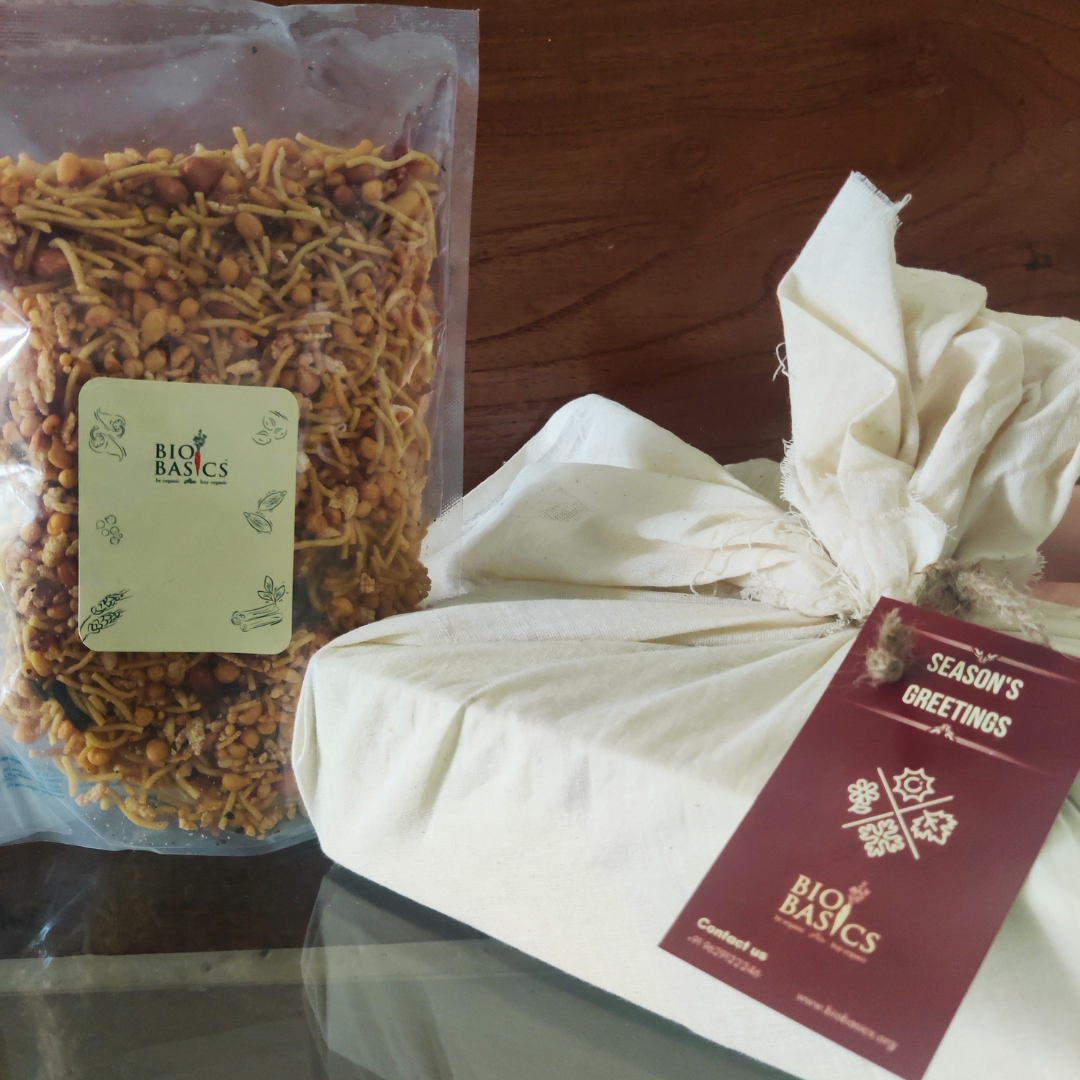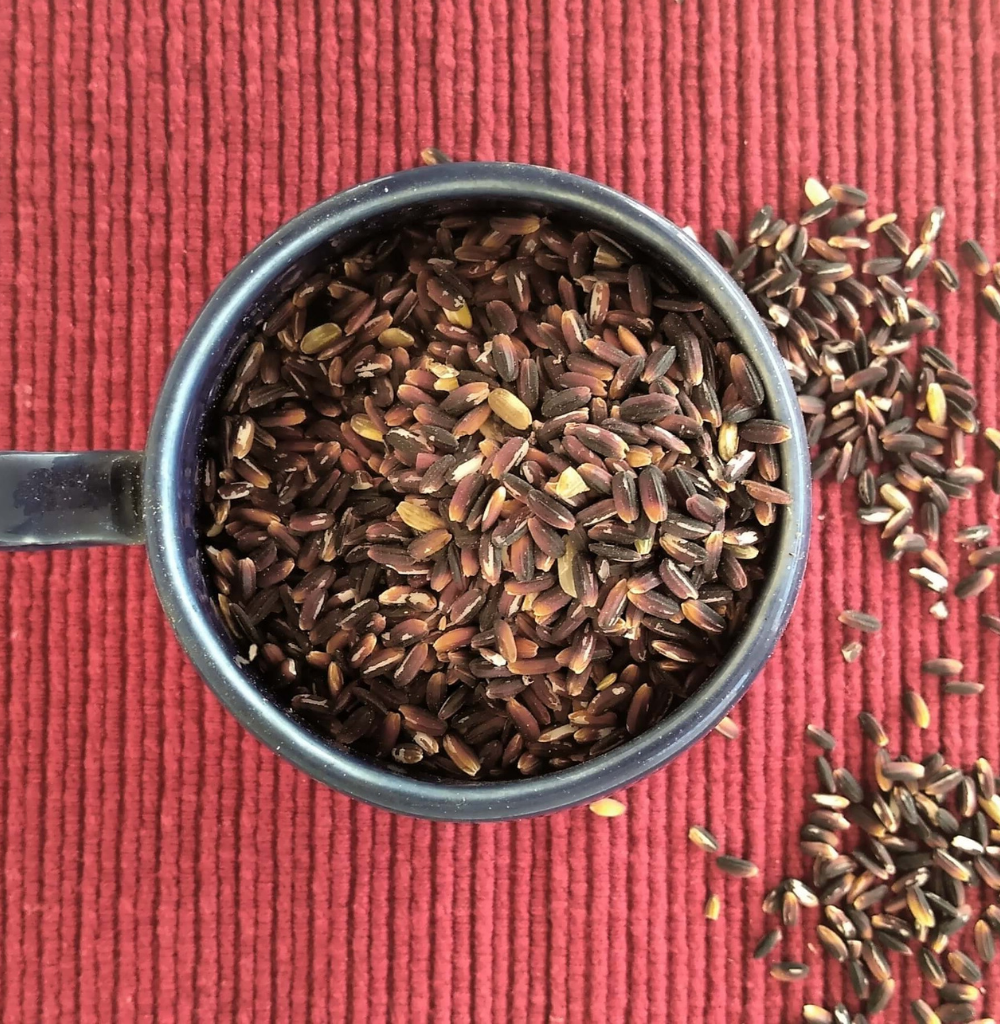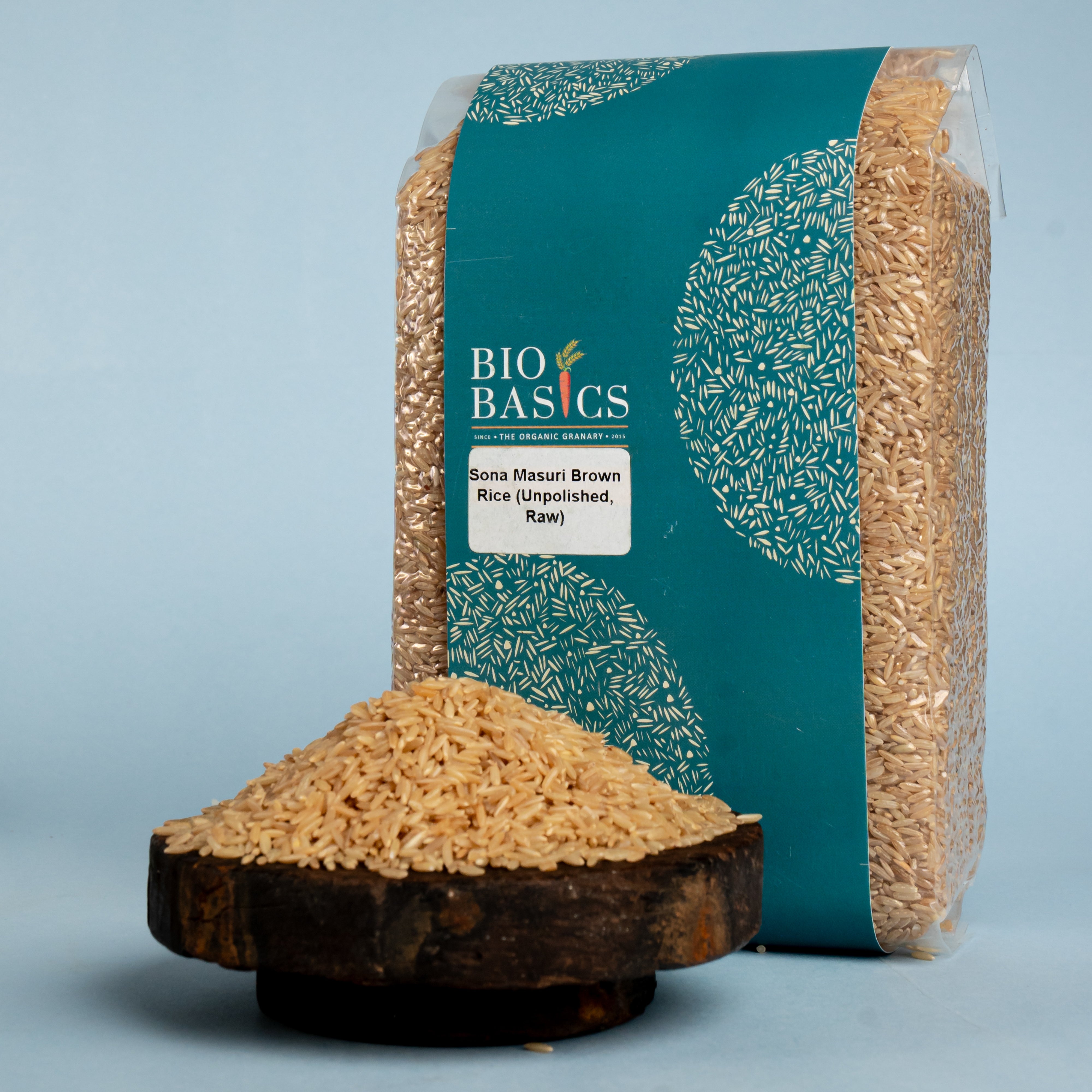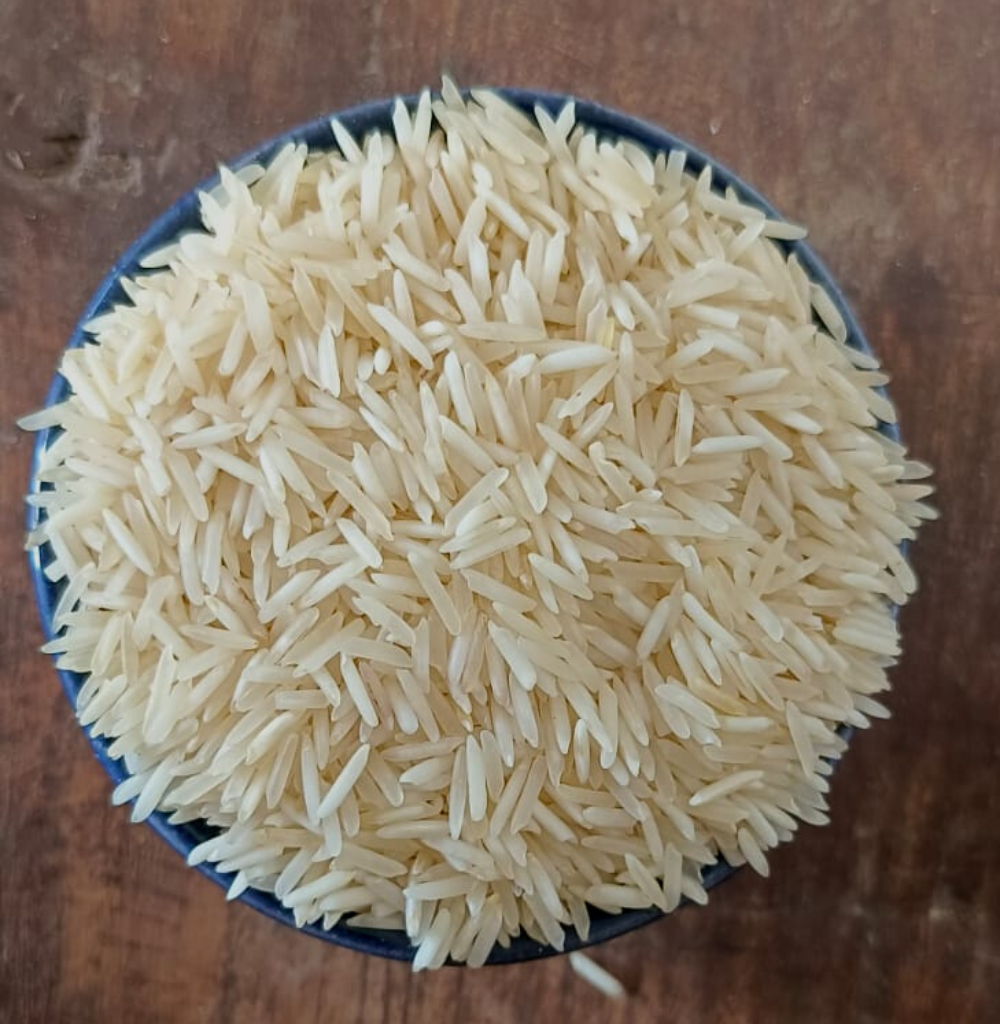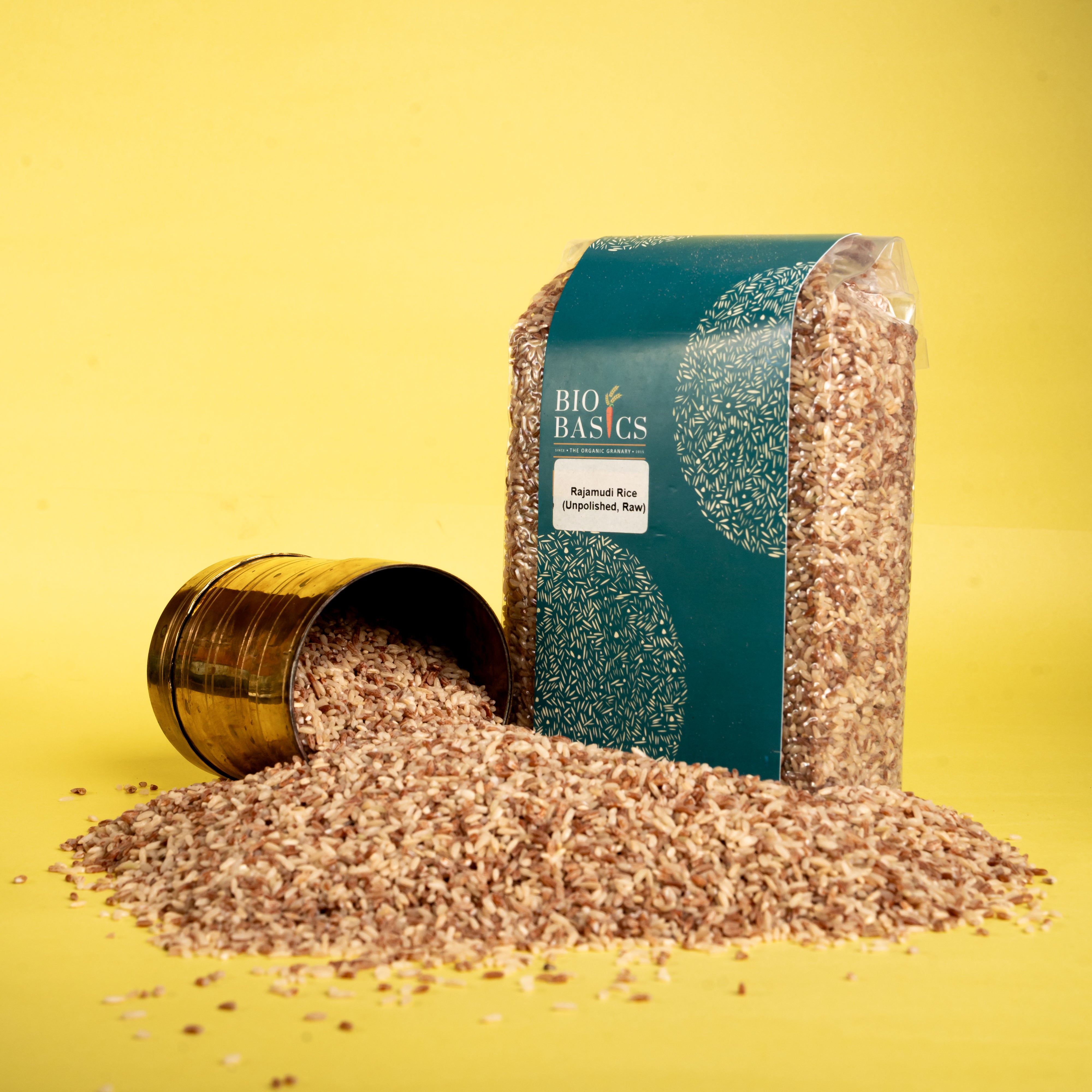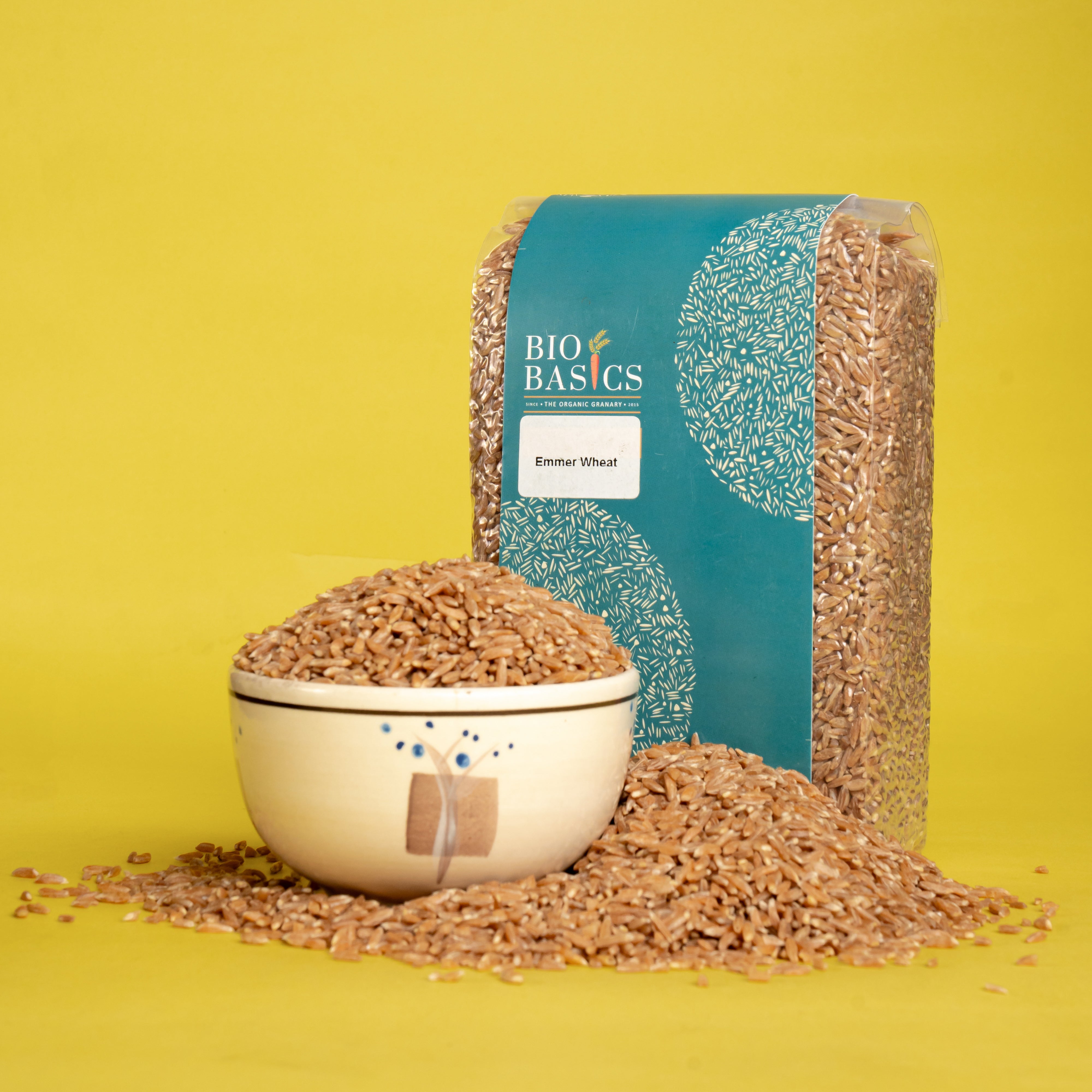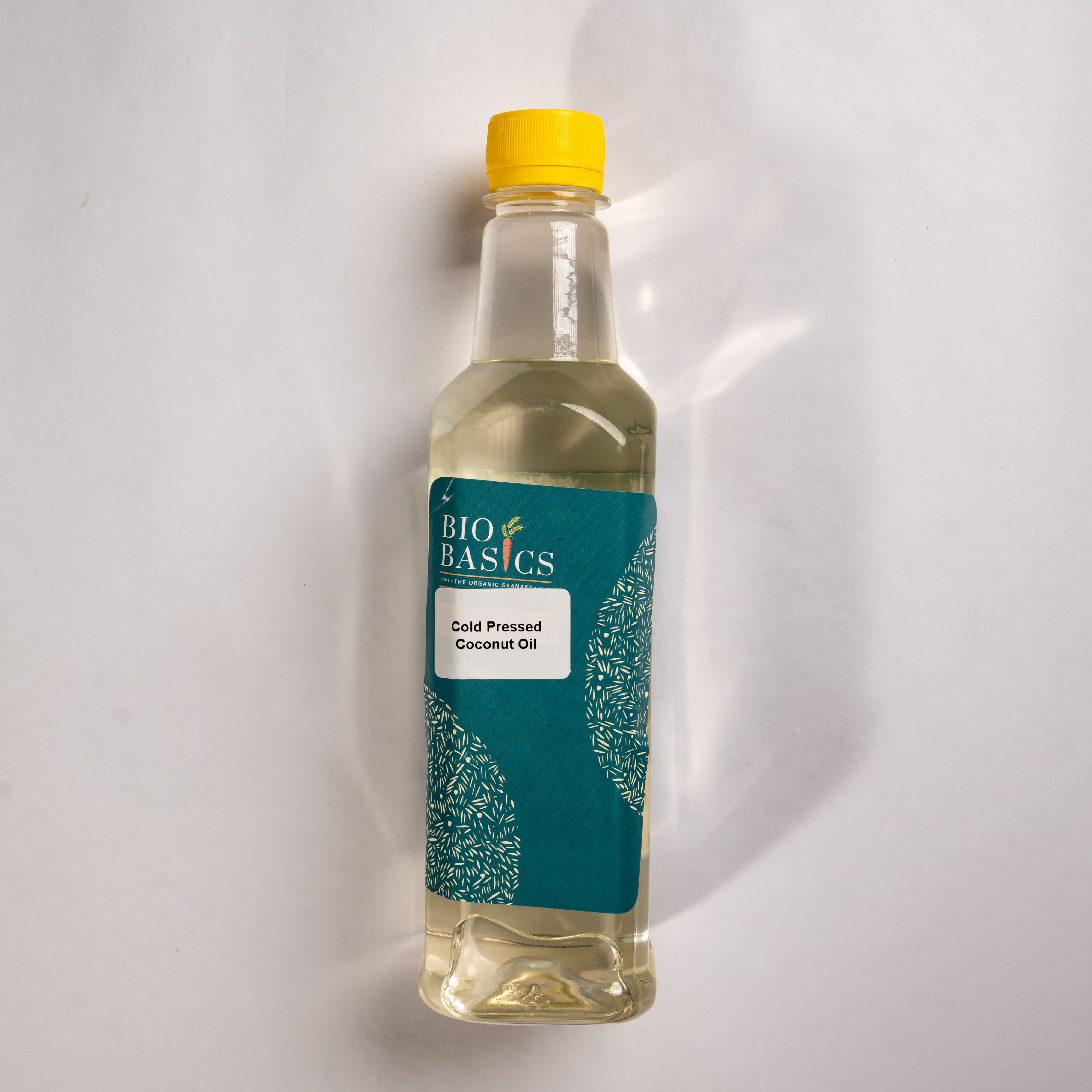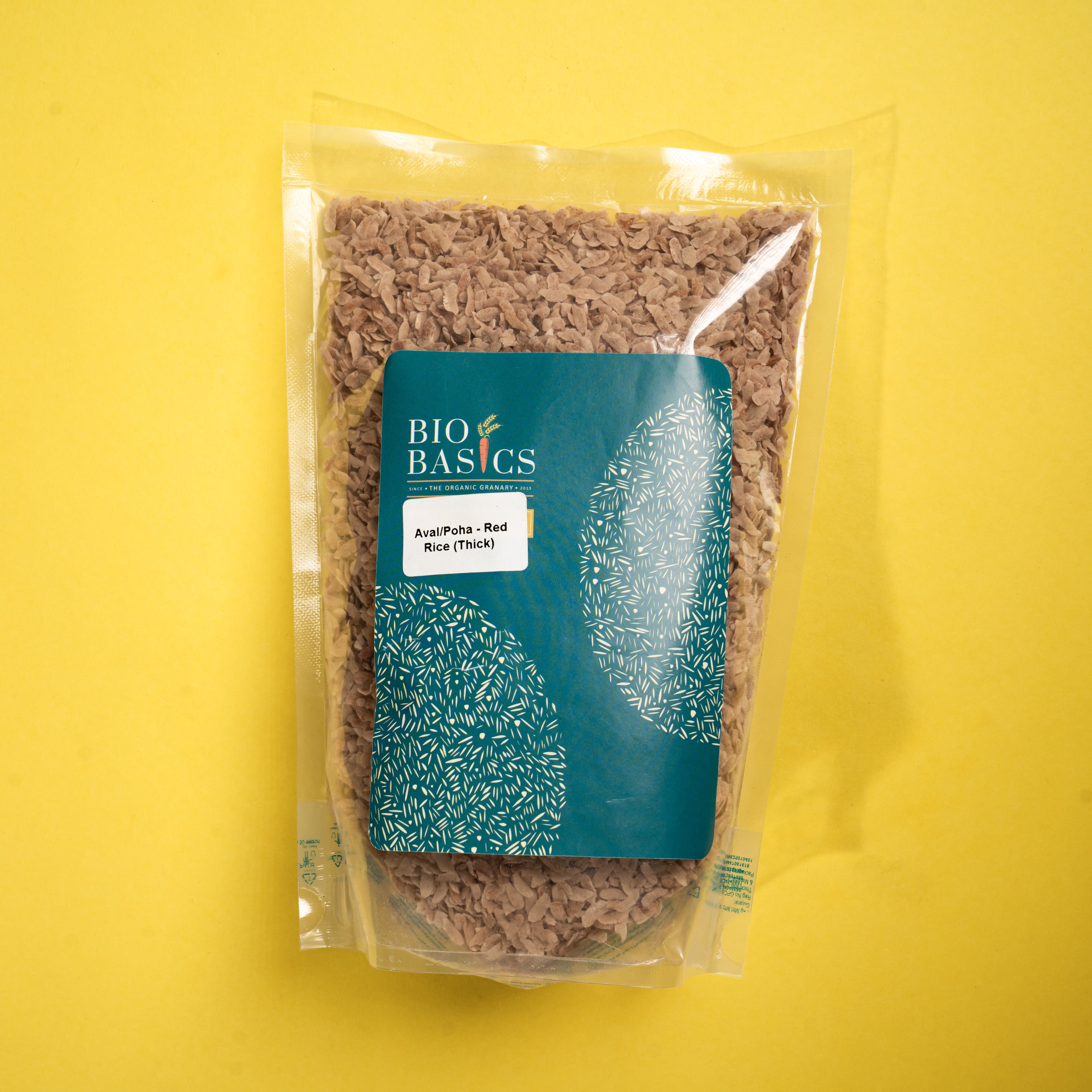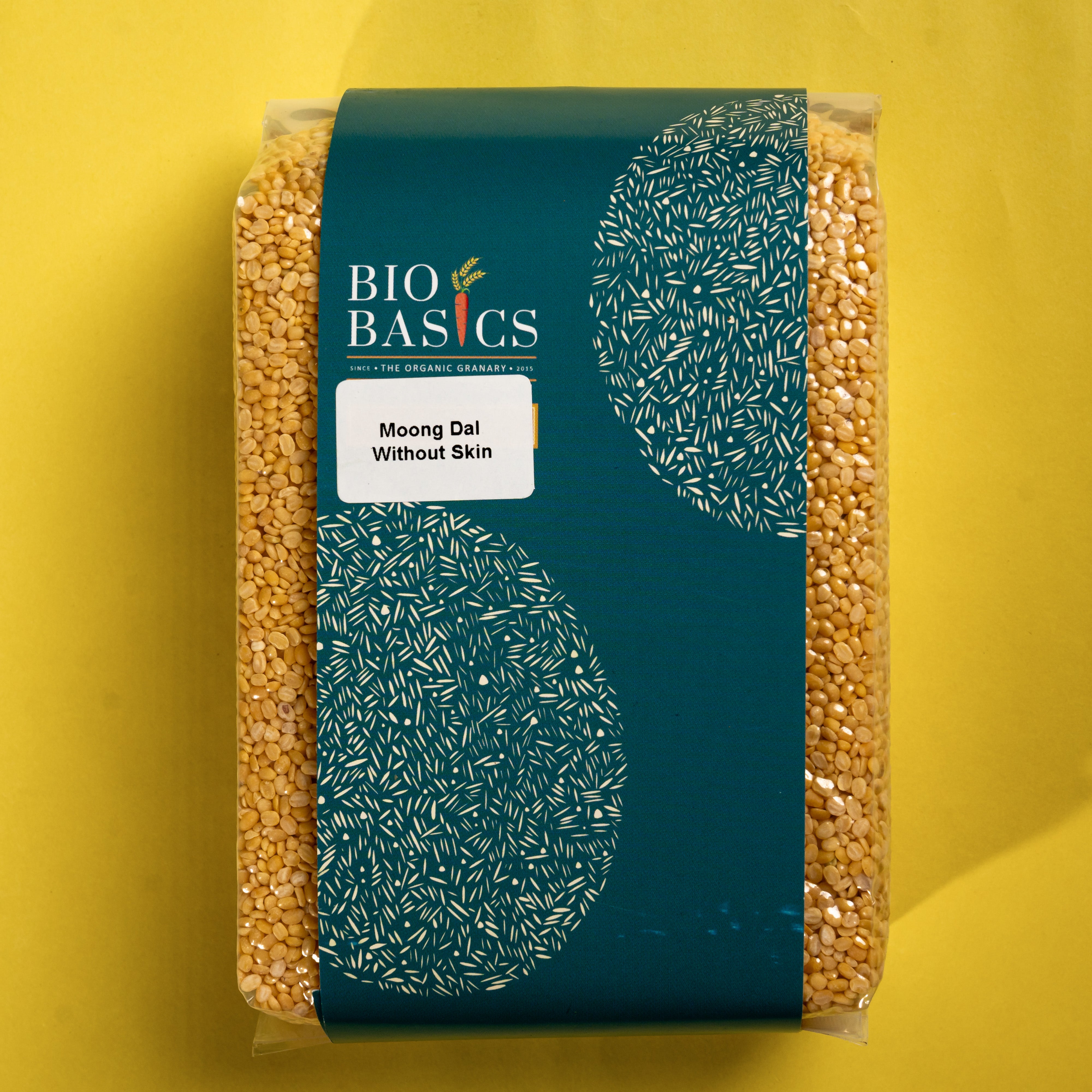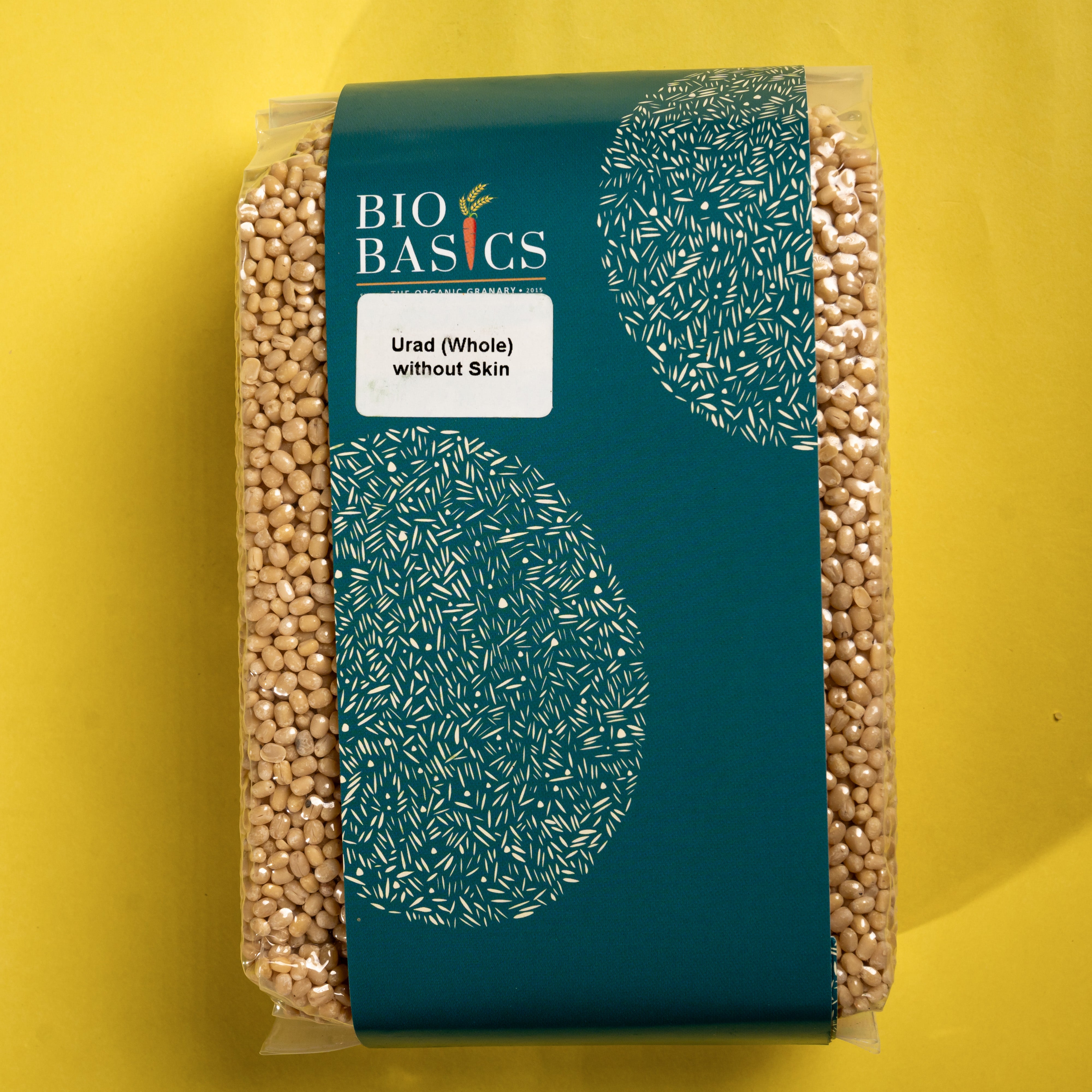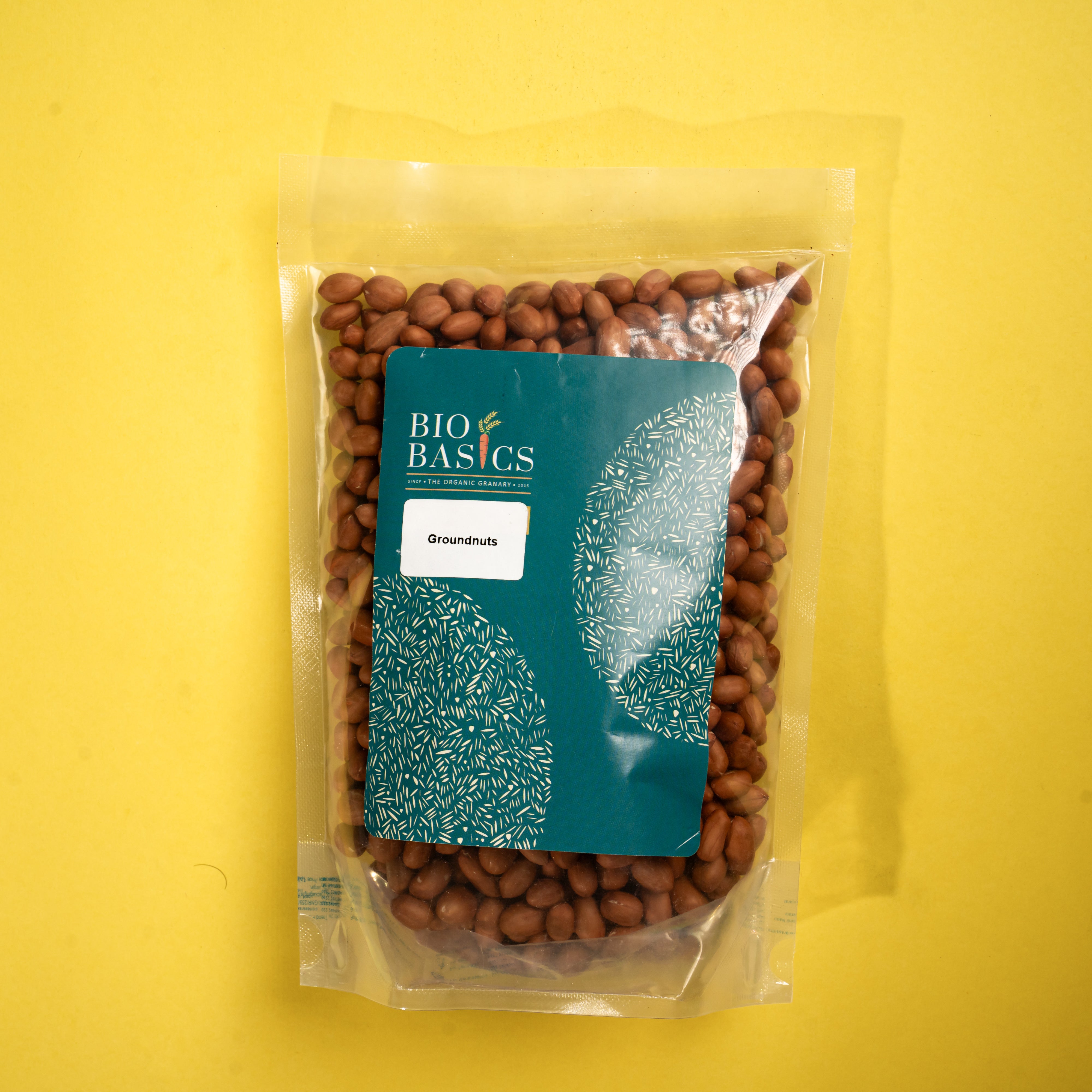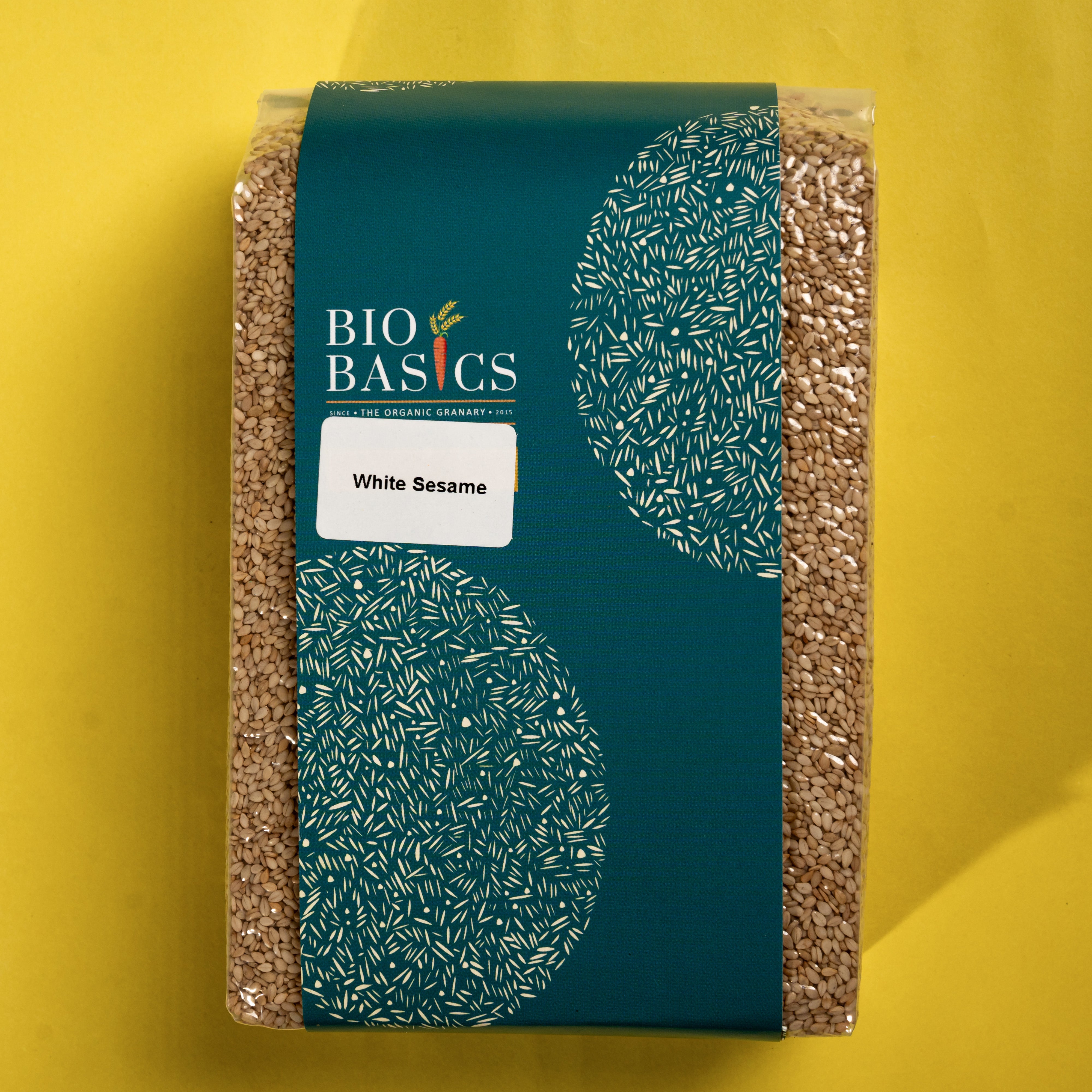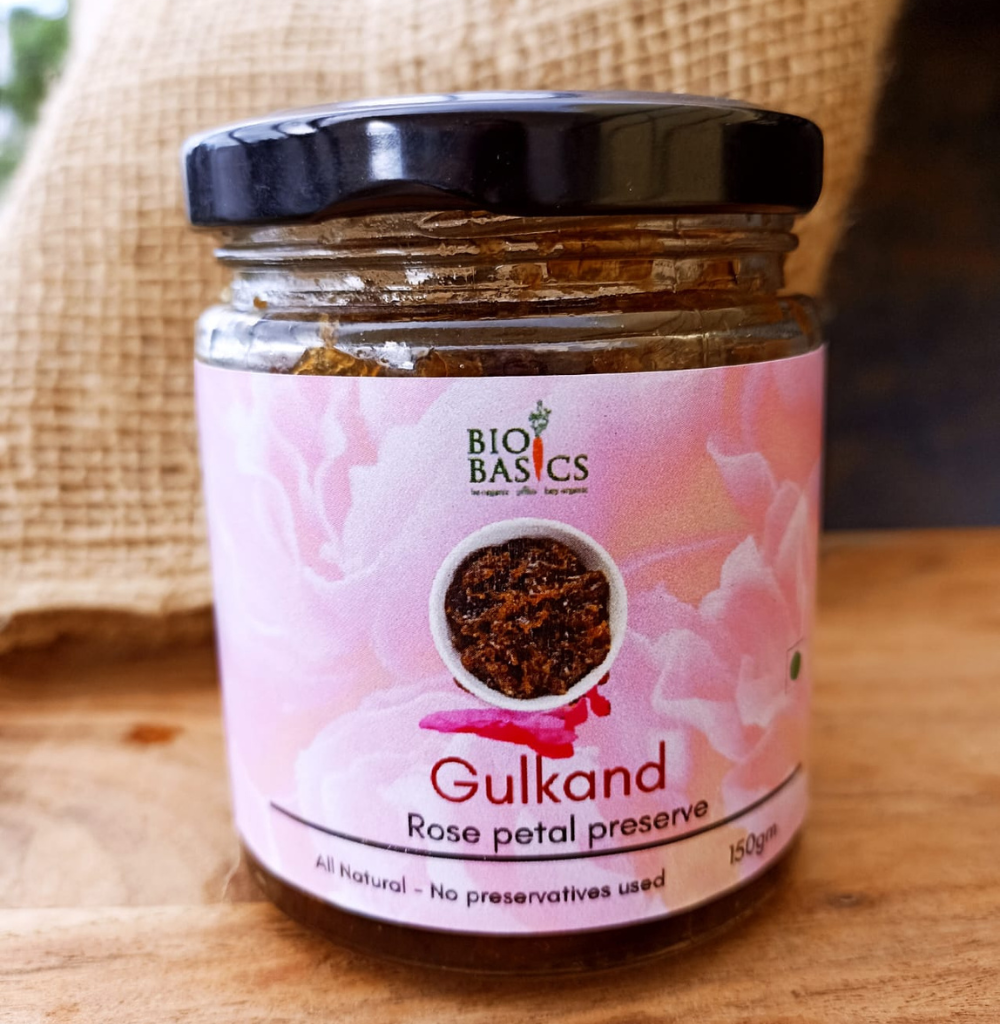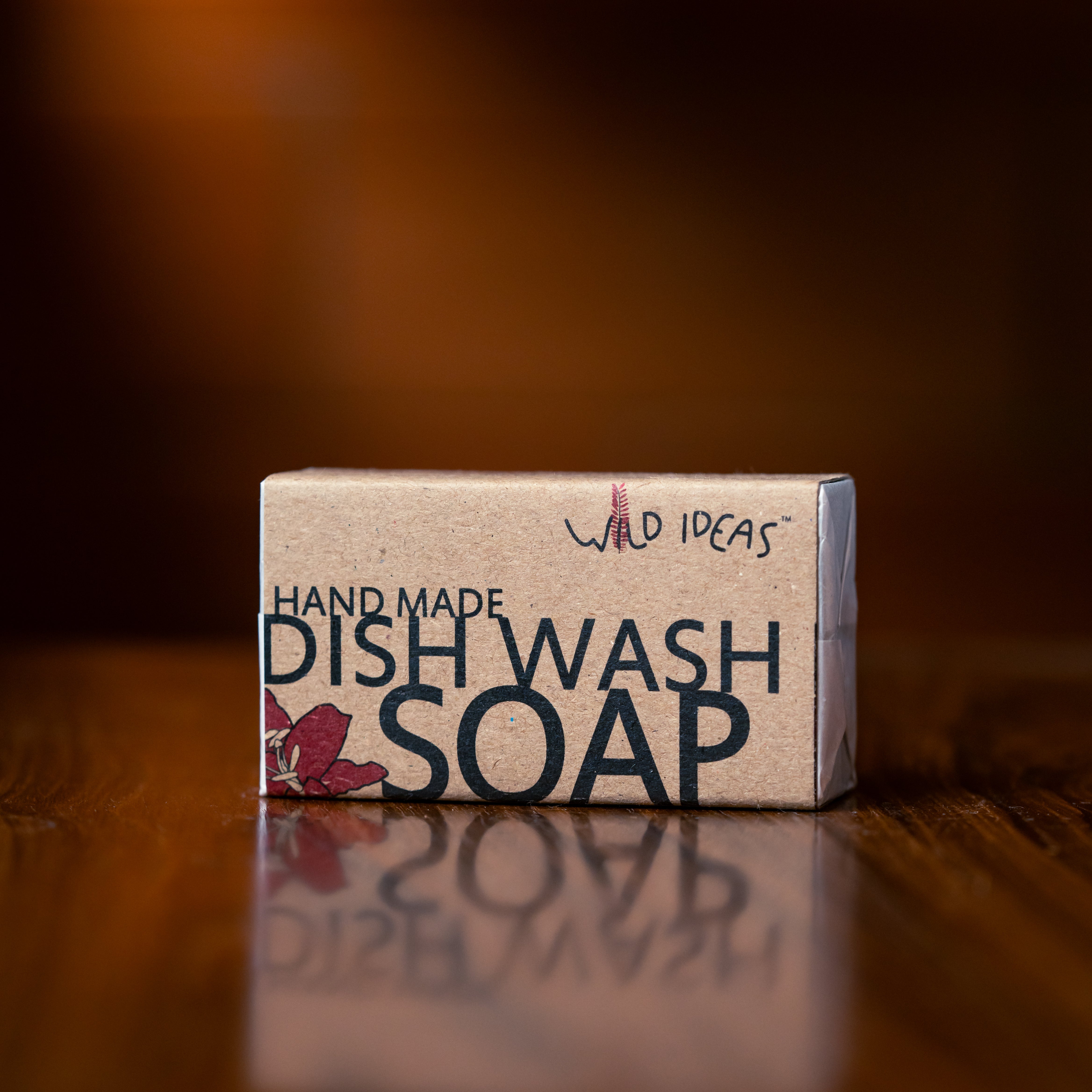Pranav's ( Loafer &Co) beautiful bread took me back to how Kalamalli phulo rice, my favourite black rice, came to Bio Basics.
The beautiful, slender black rice that I fell in love with.
Sticky when cooked but sweet in nature
Tasty, chewy yet soft, with a lovely mouthfeel.

I had tasted it a few years back but started actively promoting it when Jayakrishnan and Lenish, organic farmers, seed savers, and friends since over a decade, reached out to me three years back, saying that they had a lot of paddy and couldn't find buyers for this rice.
This rice whose origins are unknown, the seed was collected from a seed festival by Sabarmatee, an expert seed saver and passed on to Jayakrishnan to grow it in the verdant hills of Wayanad in Kerala.It is quite close to Brown Jasmine rice in nature thereby the name Kalamalli phulo. A rice that has to compete with the better known Karuppu kavuni for its place in the sun. This year I visited Wayanad during harvest to watch the fields and the effort that goes into bringing this and other indigenous rices to our plates.

It is during a conversation about the heritage wheat Paigambari, which Pranav uses in his bread ( that's a story for another day), that the conversation somehow veered to rices that can be used in bread and Pranav decided to use this rice, possibly because I was gushing about its properties.
He tells me that he liked the consistency of it, how it felt inside the bread, the colour and flavour that helped made up his mind.

Mind you, this rice makes not only bread, it makes a fantastic payasam, it is great in a rice bowl, kanji, salad, dosas, and you name it.
1.A tea break with black tea to straighten their backs and take a breather during harvest
2.The kala malli phulo mature paddy grains
3.The edges of the fields and the more slushy areas hand-harvested and the rest with a harvester. Listen to th rythmic sound of the sharp sickles.
The cooked black rice with its lovely purple hue
In the case of indigenous grains consumption promotes conservation ... Join us in adopting an indigenous rice into your plates, let your palate taste it and own it

